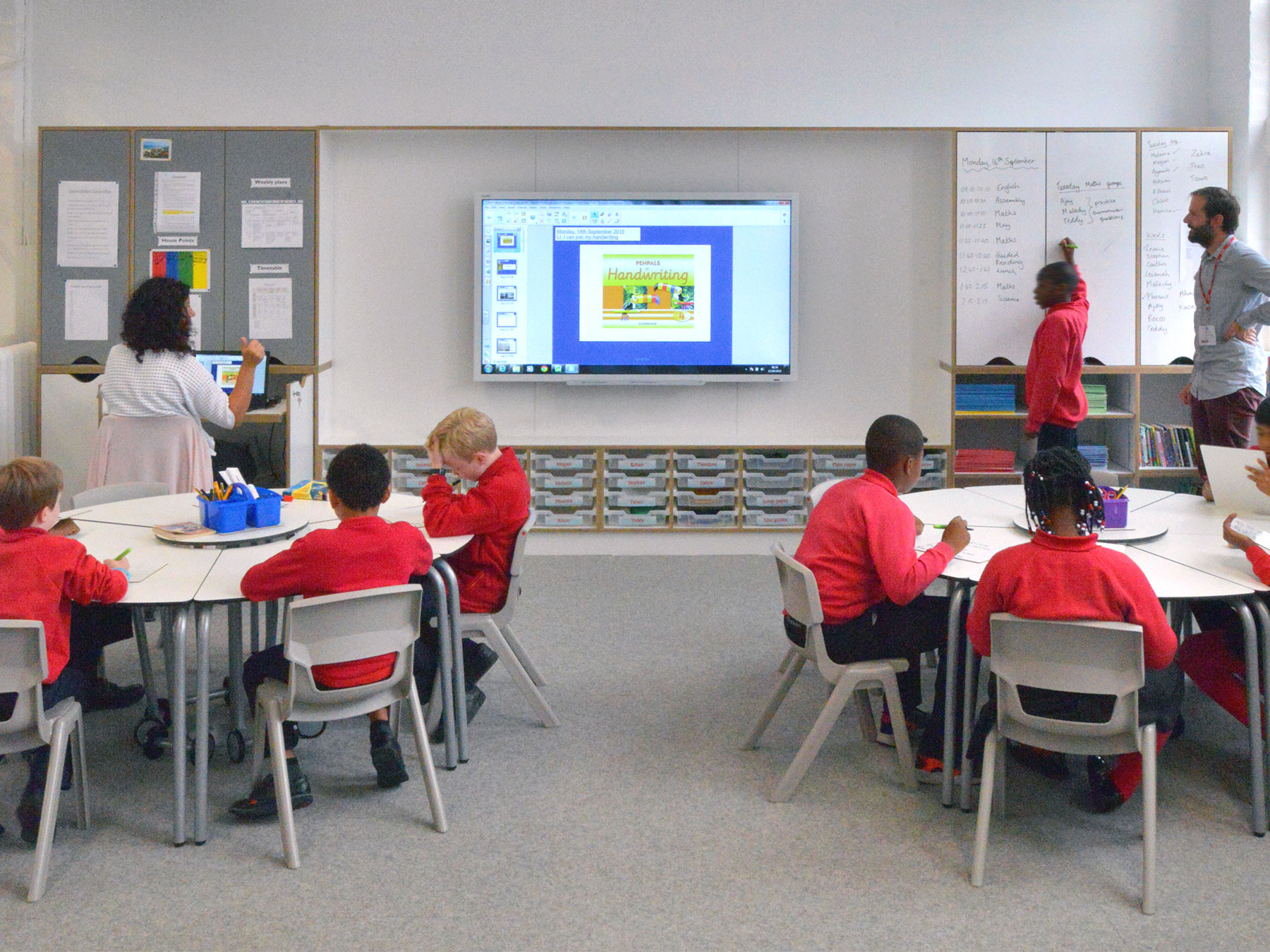Let’s talk about Betterment rather than Retrofit
I recently attended three sustainability-themed events: Architects Declare Climate Justice, AJ Retrofit Live, and the Festival of Place Climate Resilience. While they were all aimed at different aspects of the sustainability agenda, they demonstrated how intertwined the sustainability strands are.
Firstly, at Architects Declare Climate Justice, it was important to hear the effect climate change has on residents worldwide, including here in the UK. In London, people are already feeling the effects of poor air quality, overheating, and fuel poverty. While further from home, there is critical damage being done to the world’s environment to advance our consumerist lifestyles. The construction industry, with its vast resource requirements, is no stranger to rampant demand for building materials, particularly those that cause the most damage. The high demand for precious metals also has an impact on technological solutions.
On to AJ Retrofit Live, where the focus was on the UK’s retrofit dilemma. The UK has some of the oldest building stock in Europe, and the challenge of retrofitting 27 million homes is huge. What caught my attention was the wider benefit of retrofit and the community engagement it could bring. Consider retrofitting to be more than just adding some external wall insulation, and consider the social and health benefits it could bring to people’s lives. This could be the health benefits from the increase in biodiversity provided by nature-based solutions or the societal benefits that come from not living in fuel poverty. Should retrofitting be viewed as a means of improving climate justice rather than just providing energy savings? The other topic explored was the impact retrofit might have on the heritage of our building stock. Determining the balance between protecting heritage assets and reducing the energy requirements of such a poorly performing building type will be difficult. Heritage assets are an important feature of our communities and can provide much wider sustainability benefits but there is no denying huge improvements in energy efficiency are required if we are to avoid catastrophic climate change. The way in which we approach the upgrade of buildings will make a real difference in how successful we view the interventions in the future. Get this wrong, and we could be making an even bigger problem if it all needs fixing again!
Lastly, at the Festival of Place Climate Resilience, the focus was back on retrofit but also on the wider benefits of nature-based solutions in providing climate resilience. Importantly, a balance needs to be met between the energy improvements provided by retrofits and the potentially huge resources required to achieve them. Not only could the embodied carbon required to produce these materials be huge, but it could exasperate the same issues with material sourcing identified at Architects Declare Climate Justice. If the materials used to retrofit are not biobased, then we will continue to use highly embodied materials such as concrete and metal. There is also an emphasis on how nature-based solutions are able to mitigate extreme events such as flooding and overheating. Nature-based solutions can be the most cost-effective when considering the whole lifespan, but we still often miss the wider benefits.
Sustainability is a complex environment where several levers can either work against or for you. Nothing more so than when it comes to retrofit. Should we be talking about Betterment rather than Retrofit? Let us use the work we do to upgrade our building stock to not only improve energy performance but also to reimagine and improve other aspects of our lives and the environment. Let’s build a better supply chain, one that doesn’t rely on highly embodied building materials. Let’s build places that can be loved and enjoyed by future generations.

